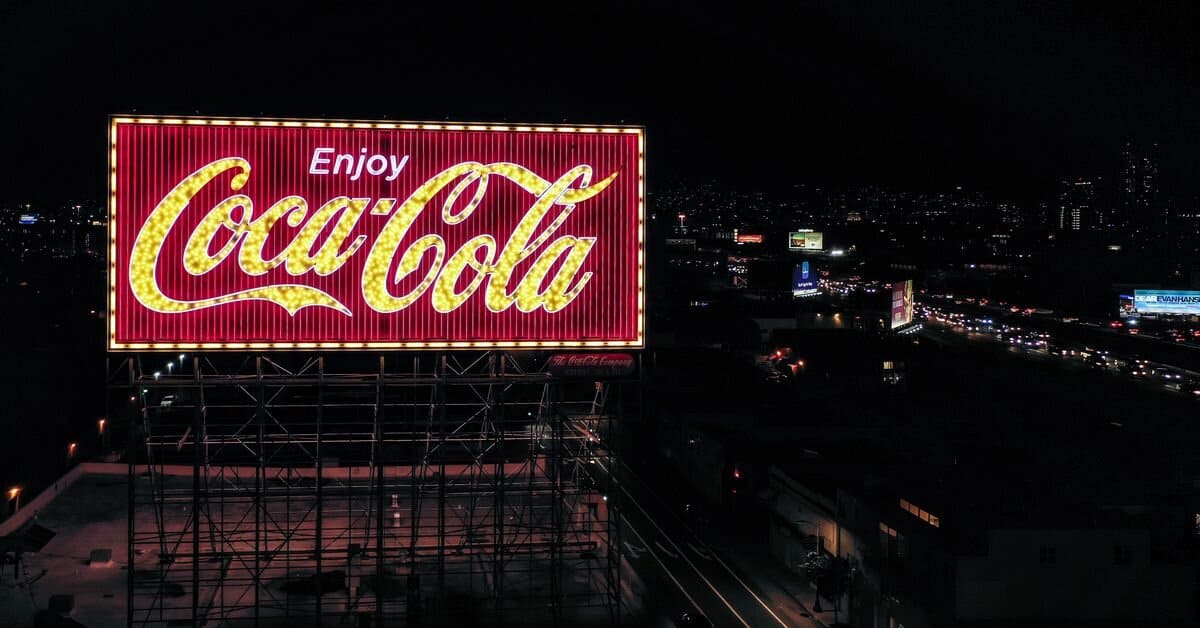In the era dominated by LED neon lights, some may wonder if glass neon signs still exist or remain popular.
Glass Neon Signs Retain Their Allure Despite the Rise of LED Technology
When LED neon lights first appeared and became popular, in 2015.the answer to this question was certainly negative. It was widely believed that LED neon lights would replace glass neon signs.

There's always a group of customers who cherish authenticity, adore craftsmanship, and are fascinated by the simple and pure texture of glass. These consumers, not few in number, have a special pursuit for glass neon signs.
Just as cheap fast food dominates the streets, you can't resist the temptation of a Michelin-star meal or the desire to take your loved one to a fine dining restaurant on important occasions to enjoy not just the food but the sense of ritual that comes with it.
Glass Neon Signs Maintain Their Market Presence Amidst LED Advancements
The dynamics between glass neon signs and LED neon lights echo the relationship between traditional fuel cars and electric vehicles:

- Traditional fuel cars, despite the ascent of electric vehicles, continue to captivate car enthusiasts who value their distinctive traits and driving experience.
LED neon lights, indeed, cannot wholly supplant traditional glass neon signs, akin to how new energy vehicles (like Teslas) are unable to entirely replace traditional fuel cars.
Glass neon signs, with their singular beauty and warm illumination, offer an allure that LED neon lights struggle to emulate. Glass neon signs, through handcrafting and unique artisanal processes, radiate an aura of artistry and historical legacy.

Similarly, traditional fuel cars distinguish themselves from new energy vehicles in aspects of performance and sensory engagement.
The engine's roar, power delivery, and mechanical architecture of traditional fuel cars create an unparalleled driving experience and mechanical allure.
New energy vehicles, conversely, furnish eco-friendly, efficient, and technologically advanced travel solutions.LED neon lights and new energy vehicles cater to varied consumer needs in the marketplace.
They expand choices, enabling those with budget constraints or interests in eco-friendliness and energy efficiency to access these innovations.
Though they have carved out a niche from traditional products' market shares, their unique positions and attributes ensure their distinct demand and value in the market.
Glass Neon Signs and Jewelry Showcase Unique Beauty Unmatched by Industrial Alternatives

This unique charm stems from their artisanal craftsmanship and individuality, akin to the beauty found in bespoke jewelry pieces which industrial production cannot replicate.

In the 1970s, the surge in hardware production lines marked the beginning of mass-produced industrial goods gaining market share.
However, this growth came at the cost of the distinctiveness and uniqueness inherent in handcrafted items.

Today's market trends reflect a resurgence in the appreciation for items made with traditional craftsmanship, particularly those embodying ethnic and cultural nuances.
Such trends indicate a deep-seated desire for products that resonate with human connections, cultures, and heritage.
Currently, the market demonstrates a clear preference for handcrafted items over mass-produced ones. This preference is evident in the jewelry sector, where handcrafted pieces are increasingly favored.

Similarly, glass neon signs, crafted with meticulous attention to detail, stand apart from their LED counterparts. Just as industrial products on platforms like Amazon cannot substitute the unique appeal of handcrafted jewelry, LED neon lights fall short in replacing the distinctive charm of glass neon signs.
These glass neon signs, created with a blend of artistic skill and personal touch, resonate deeply on an aesthetic and cultural level.
Their uniqueness and beauty, much like that of handcrafted jewelry, lie beyond the realm of industrial homogenization, ensuring they remain unrivaled in the face of advancing LED technology.
Glass Neon Signs and Haute Couture Reflect the Enduring Cycle of Fashion and Craftsmanship
In the fashion world, there is a noticeable cyclical nature to style trends. Fashion, after experimenting with new designs, often returns to classic, elegant, and refined retro styles.

This cyclical pattern is particularly evident in clothing demands: trends that are new and popular for a while eventually give way to more rustic, simple, or exquisitely handcrafted styles.
This is especially true among the upper echelons of society, where the pursuit is not for outlandish uniqueness but for dignified elegance. Their preference is reflected in a consistent pursuit of classic styles over excessively flamboyant or conspicuous ones.
This aesthetic cycle mirrors the comparison between LED and glass neon signs. After a phase of adapting to mass-produced and inexpensive products, people again start seeking high-quality designs with a sense of quality.
For instance, Coco Chanel's movement towards simplifying women's attire led to the mass production of ready-to-wear garments

However, even with the booming market for ready-to-wear, the highlight of Paris Fashion Week remains the haute couture collections, which are the most valued product lines of major fashion brands.
These haute couture garments share an intrinsic connection with handcrafted glass neon signs. Both are irreplaceable by cheap, mass-produced items.
Haute couture, much like handcrafted glass neon signs, represent a love for craftsmanship and a commitment to detail. These items are not just mere objects; they are works of art that showcase the designer's or artisan's understanding and creativity in beauty.

Haute couture, similar to glass neon signs, represents a lasting pursuit in the fashion industry.
Despite the extensive handcrafting involved, it is this craftsmanship that makes these garments and glass neon signs a feast for the eyes and senses. They play an irreplaceable role in the cycle of fashion, just as glass neon signs hold a unique position in their domain.














